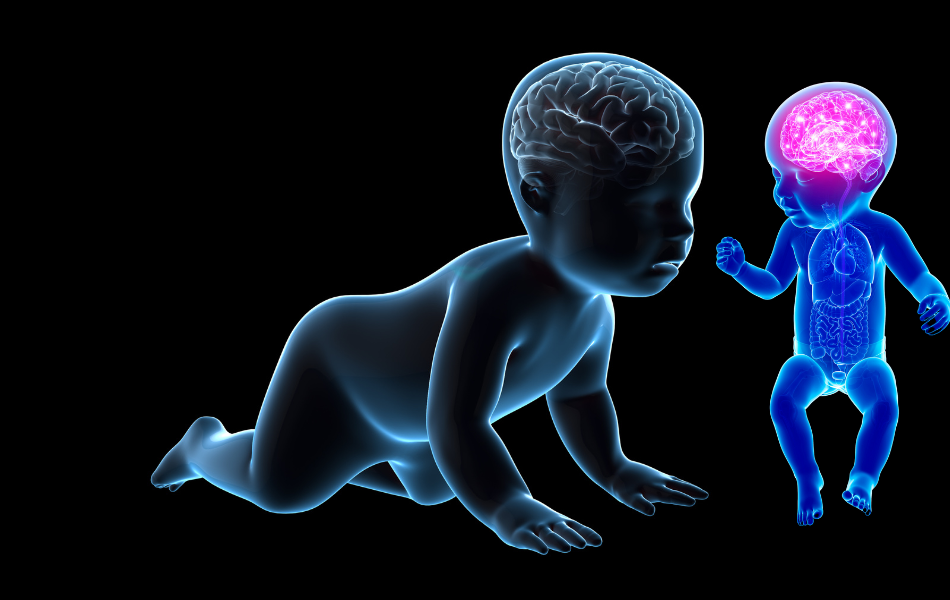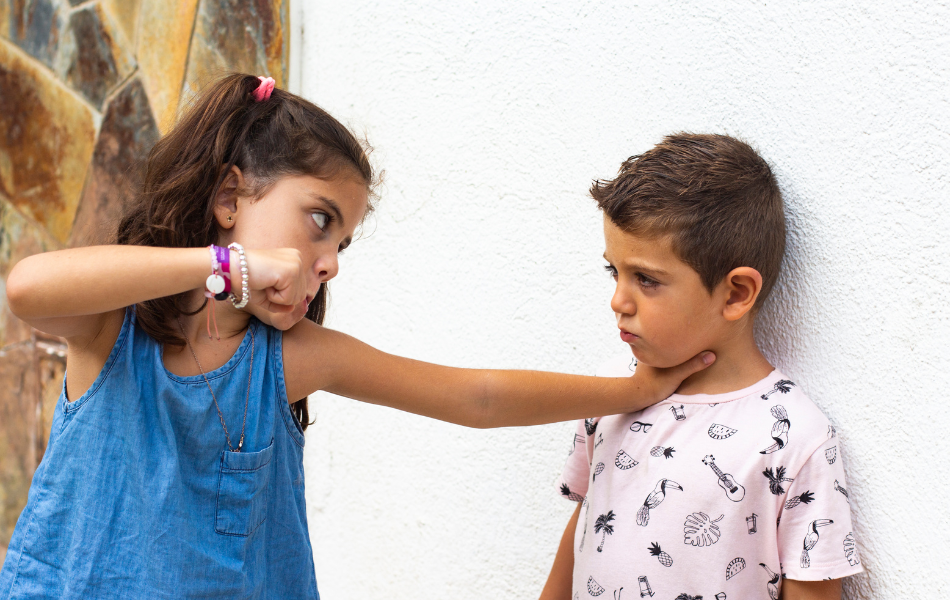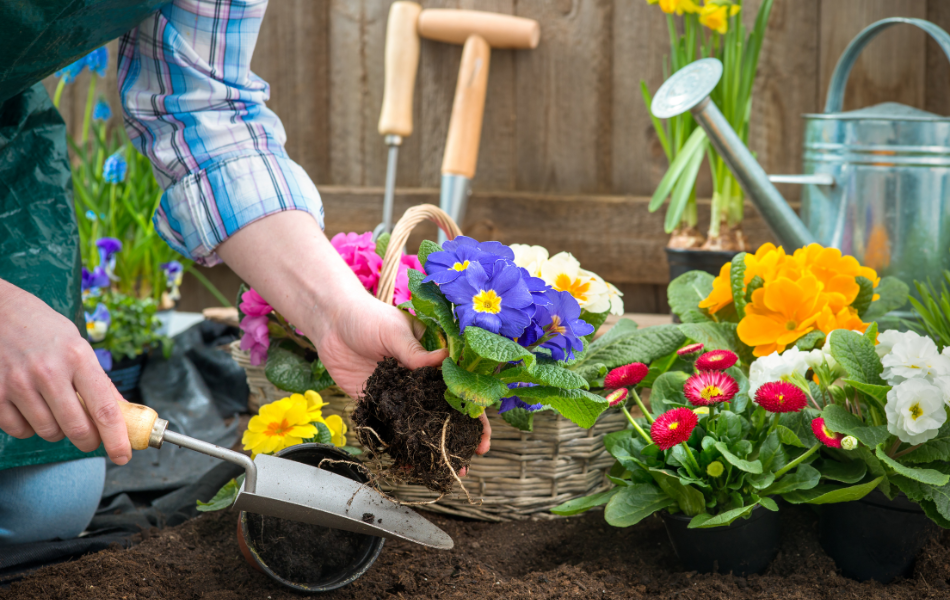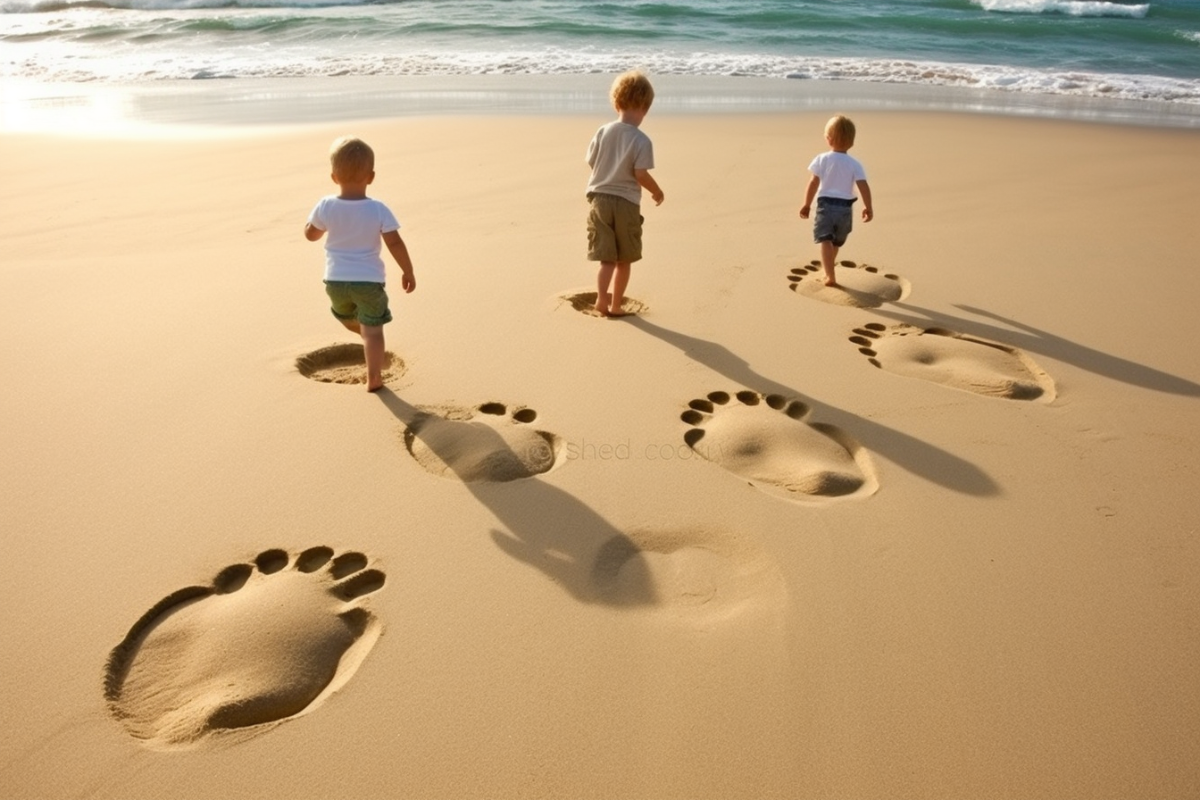Dive into the world of childhood emotions where cutting-edge research and profound insights converge, unraveling the mysteries of emotionally young minds.
Welcome to “My Kids Emotions,” your go-to destination for navigating the intricate and fascinating world of children’s emotions. As parents, grandparents, caregivers, and educators, we understand that understanding and supporting our little ones’ emotional development is at the heart of fostering happy, healthy, and resilient individuals.
Journey
In this dedicated space under our “Research and Insights” category, we embark on a journey that combines the warmth of parental experience with the depth of scientific understanding. Our mission is to provide you with a well-rounded resource that not only delves into the diverse landscape of children’s emotions but also arms you with insights gleaned from the latest research in child psychology.
Companion
From the earliest smiles of infancy to the complex tapestry of emotions woven through toddlerhood and beyond, “My Kids Emotions” seeks to be a trusted companion on your parenting voyage. We’re not just here to share anecdotes and tips—though you’ll find plenty of those. We’re committed to bringing you evidence-based knowledge, expert perspectives, and practical strategies rooted in the rich field of child development research.
Source of Support
Whether you’re a new parent navigating the uncharted waters of your baby’s first cries or a seasoned caregiver dealing with the unique emotional challenges of each developmental stage, this blog is designed to be a source of support, information, and inspiration.
Join us as we explore the milestones, challenges, and triumphs of raising emotionally resilient children. Let’s build a community where experiences are shared, questions are welcomed, and the wonders of childhood emotions are celebrated. Together, let’s embark on a journey of discovery, growth, and joy as we nurture the emotional well-being of our precious little ones.
Emotional Development Milestones
Stay tuned for our upcoming articles under this category, where we’ll delve deeper into the intricate emotional development milestones of infancy, toddlerhood, and early childhood, exploring the nuances of emotional cues, responses, and the profound significance of attachment and bonding in shaping a child’s emotional landscape.
A. Infancy
1. Emotional Cues and Responses: Infancy marks the dawn of emotional expression, as tiny humans begin to communicate their needs through a spectrum of cues and responses. In these early months, emotions are primal and instinctual. Joy manifests in gurgles and smiles, signaling contentment, while discomfort or hunger may be expressed through cries. Observing and interpreting these emotional cues forms the groundwork for responsive caregiving, fostering a sense of security and trust between the infant and the parent or caregiver.
2. Attachment and Bonding: Attachment, a foundational emotional milestone, takes root as infants form strong bonds with their parents or primary caregivers. The initial months are characterized by the development of a secure attachment, where infants seek comfort and reassurance from familiar faces. This emotional bond not only fulfills the infant’s need for safety but also lays the groundwork for future social and emotional development. Caregivers play a crucial role in building a secure base from which infants explore the world, shaping the foundation for healthy relationships and emotional resilience in the years to come.
B. Toddlerhood
1. Developing Self-Awareness: Toddlerhood is a dynamic phase marked by the blossoming of self-awareness. During this period, children start to recognize themselves as distinct individuals with preferences, emotions, and desires. The emergence of self-awareness is often observed through actions like looking in mirrors, using personal pronouns, and expressing preferences. Understanding their own emotions and needs is a pivotal step in the journey towards emotional intelligence. As toddlers navigate this newfound self-awareness, parents and caregivers play a crucial role in supporting and validating their growing sense of identity.
2. Early Social Interactions: Toddlerhood introduces children to the rich tapestry of social interactions. Early friendships and interactions with peers become significant components of emotional development. Sharing, taking turns, and navigating simple conflicts become opportunities for toddlers to practice and understand social and emotional skills. These early interactions lay the groundwork for more complex social relationships in later years. Parents and caregivers play a pivotal role in facilitating positive social experiences, fostering empathy, and helping toddlers navigate the intricate world of social dynamics.
C. Early Childhood
1. Formation of Basic Emotions (Joy, Sadness, Anger, Fear): Early childhood is a period of emotional richness as children begin to explore and understand a broader range of emotions. Basic emotions such as joy, sadness, anger, and fear take on more nuanced expressions. Children learn to identify and label these emotions in themselves and others, laying the foundation for emotional literacy. Caregivers play a vital role in providing a supportive environment where children feel comfortable expressing and processing these emotions, fostering a healthy emotional vocabulary.
2. Peer Relationships and Play: Early childhood is characterized by the blossoming of peer relationships and the importance of play in emotional development. Interactions with peers become more sophisticated, and children learn crucial social skills through collaborative play. From negotiating roles in imaginative play to resolving conflicts, these experiences contribute significantly to emotional regulation and empathy. Caregivers play a key role in facilitating positive peer interactions, providing guidance on conflict resolution, and creating environments that nurture social and emotional growth.
Influencing Factors
A. Biological Factors

1. Brain Development
Biological factors play a crucial role in shaping a child’s emotional landscape, and perhaps none is more influential than brain development. During early childhood, the brain undergoes significant growth and refinement, particularly in areas associated with emotional regulation and social processing. Understanding these developmental changes provides insights into a child’s evolving capacity for emotional expression, empathy, and self-regulation. Parents and caregivers can support healthy brain development through activities that stimulate cognitive growth, emotional well-being, and positive social interactions.
2. Hormonal Changes
Hormonal changes also contribute to the intricate dance of emotions in children. As children grow, there are shifts in hormonal levels that can influence mood, behavior, and emotional responses. For instance, changes in cortisol and oxytocin levels can impact stress responses and social bonding. Recognizing the role of hormones in emotional development allows caregivers to approach emotional challenges with empathy and understanding. Creating a supportive environment and maintaining open communication become essential strategies in navigating the emotional landscape influenced by hormonal changes.
B. Environmental Factors

1. Family Dynamics
Family serves as the primary environment where children learn about emotions, relationships, and coping mechanisms. Family dynamics, including parenting styles, communication patterns, and the emotional climate at home, significantly influence a child’s emotional development. A supportive and nurturing family environment contributes to emotional resilience, while exposure to conflict or stress can impact emotional well-being. Recognizing the role of family dynamics empowers caregivers to create a positive emotional atmosphere at home, fostering healthy emotional development in children.
2. School and Peer Influences
As children enter school, a new set of environmental factors comes into play. School environments, peer relationships, and interactions with teachers contribute significantly to emotional development. Peer influences become more pronounced, shaping social skills, emotional regulation, and a sense of belonging. Positive school experiences enhance emotional well-being, while challenges such as bullying or academic stress can impact a child’s emotional state. Parents, caregivers, and educators collaborating to create a positive and inclusive school environment are crucial in supporting children’s emotional growth during this phase.
C. Cultural Factors

1. Impact of Cultural Norms on Emotional Expression
Cultural norms play a significant role in shaping how emotions are perceived, expressed, and regulated. Different cultures have distinct expectations regarding emotional expression, with some emphasizing emotional restraint and others encouraging overt displays of emotion. Children internalize these cultural norms, influencing how they understand and communicate their feelings. Recognizing and respecting cultural differences in emotional expression is crucial for caregivers in providing an emotionally supportive environment that aligns with a child’s cultural background.
2. Cultural Variations in Emotional Development
Cultural context also contributes to variations in emotional development milestones. The emphasis placed on certain emotions, the role of extended family, and cultural rituals all play a role in shaping a child’s emotional landscape. Understanding these cultural variations helps parents and caregivers appreciate the diversity in emotional development trajectories. It also underscores the importance of considering cultural context when assessing emotional well-being and providing support. Embracing cultural sensitivity in parenting and education fosters an inclusive and supportive environment for children from diverse cultural backgrounds.
Common Emotional Challenges
In my category of Different Emotions, I will explore these common emotional challenges and numerous other emotions children experience in greater detail, offering practical tips and insights for parents and caregivers to navigate the complexities of separation anxiety, frustration, anger, fear, and anxiety in children. Here is a small window of common emotional challenges.

- Separation Anxiety: Separation anxiety is a common emotional challenge, especially during early childhood. It typically manifests when children become distressed or anxious about being separated from their primary caregivers. This phase is a natural part of emotional development and often peaks around toddlerhood. Parents and caregivers can support children through separation anxiety by establishing consistent routines, offering reassurance, and gradually exposing them to brief separations to build resilience.
- Dealing with Frustration: Frustration is an emotion children encounter regularly as they navigate challenges and limitations. Teaching healthy ways to cope with frustration is essential for emotional development. Parents and caregivers can help by modeling patience, providing age-appropriate problem-solving strategies, and encouraging verbal expression of feelings. This equips children with tools to manage frustration constructively, fostering emotional resilience.
- Managing Anger: Anger is a powerful emotion that children, like adults, experience. Teaching children to recognize and manage their anger is vital for emotional well-being. Parents and caregivers can guide children in expressing anger appropriately, such as through words or art, and instill coping mechanisms like deep breathing. By validating the emotion while teaching effective strategies, caregivers empower children to navigate anger in a healthy manner.
- Coping with Fear and Anxiety: Fear and anxiety are natural responses to new or challenging situations. Helping children understand and cope with these emotions is crucial. Parents and caregivers can create a safe environment for open communication, provide reassurance, and introduce relaxation techniques like mindfulness. By acknowledging fears and anxieties, caregivers support children in developing resilience and the ability to face uncertainties with confidence.
Further Articles to be Written in This Category
Each of these topics offers a unique perspective, combining research-backed insights with practical advice and real-life experiences. This diverse approach ensures that the “Research and Insights” category provides a comprehensive resource for you as the reader, catering to both the analytical and practical aspects of understanding and nurturing children’s emotions.
- Insights from Psychological Studies:
- Exploring notable studies in child psychology
- Summarizing key findings and implications for parents
- Practical Tips for Parents:
- Emotionally supportive parenting strategies
- Teaching and fostering emotional intelligence
- Navigating challenging emotional situations
- Interviews and Expert Perspectives:
- Q&A sessions with child psychologists or experts
- Guest posts from professionals in child development
- Research Methodologies Explained:
- Understanding the methodologies used in child psychology research
- The significance of research in shaping our understanding of children’s emotions
- Real-life Stories and Case Studies:
- Anecdotes from parents dealing with specific emotional challenges
- Case studies illustrating successful emotional development strategies
Conclusion

In closing, “My Kids Emotions” is a compass guiding parents through the intricate realm of childhood emotions. From developmental milestones to influential factors, our journey explores the science, stories, and strategies of emotional growth. Stay tuned for rich insights, expert perspectives, and practical tips for shaping resilient and emotionally intelligent young hearts.
| Once in a vibrant village, emotions were magical flowers, each child nurturing a unique garden. As seasons changed, caregivers became gardeners, tending to the emotional blooms. Some needed gentle sunlight; others thrived in the shade. Through shared wisdom, the village flourished, a tapestry of resilient, emotionally blooming hearts. |

